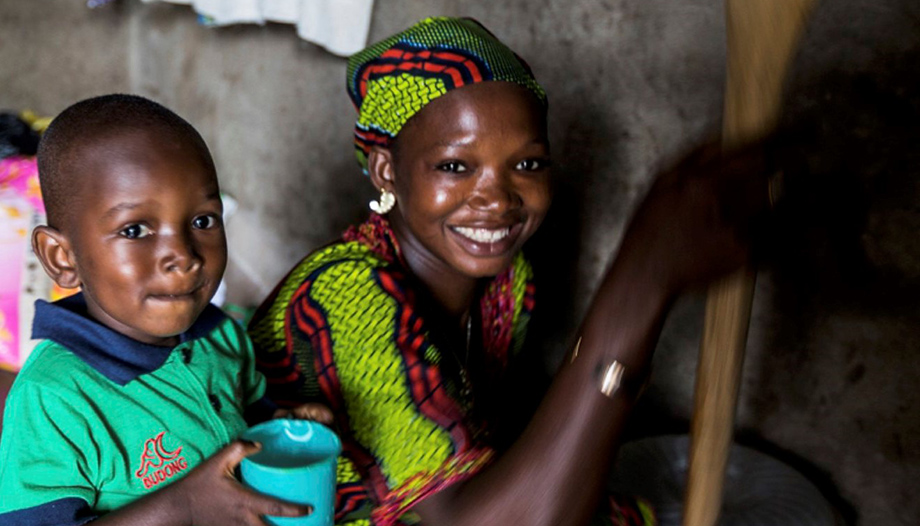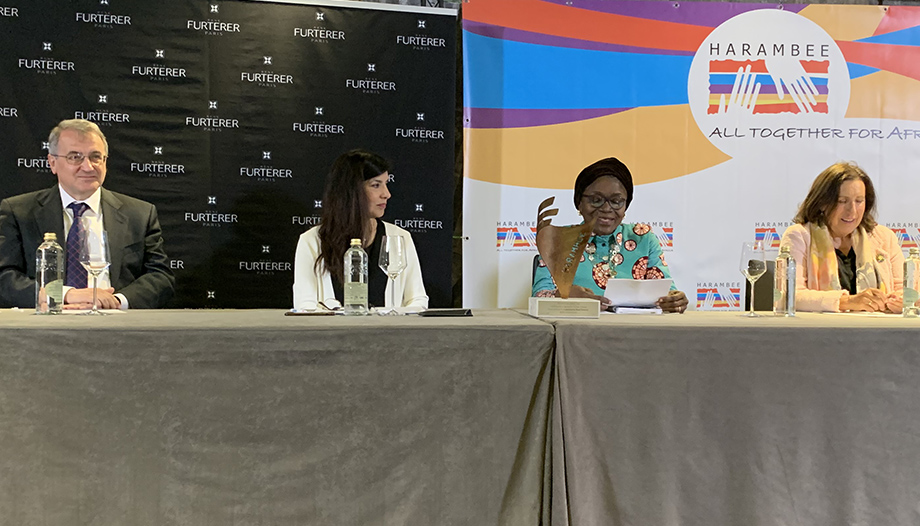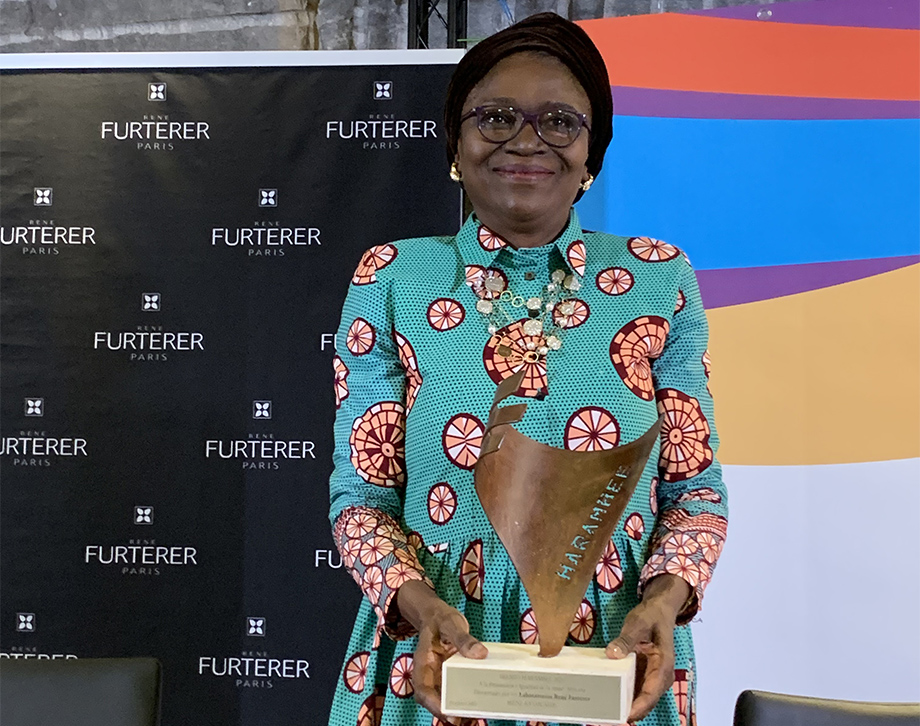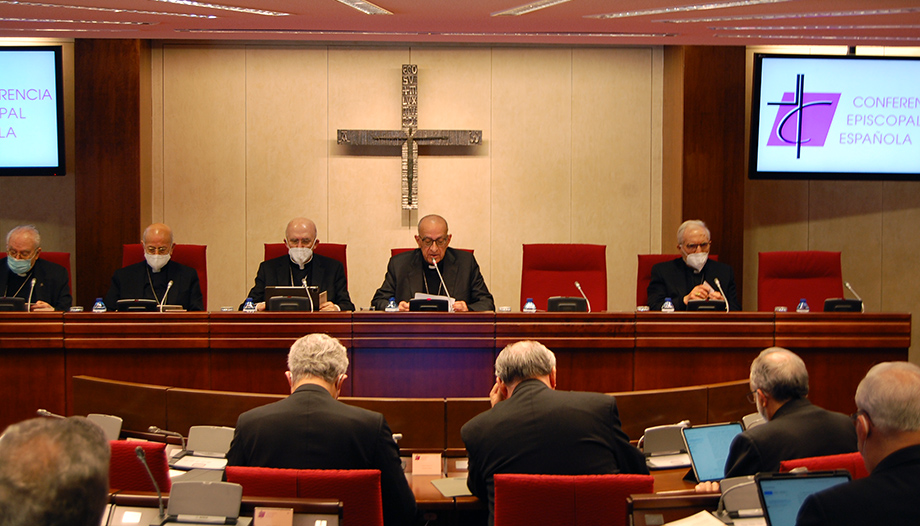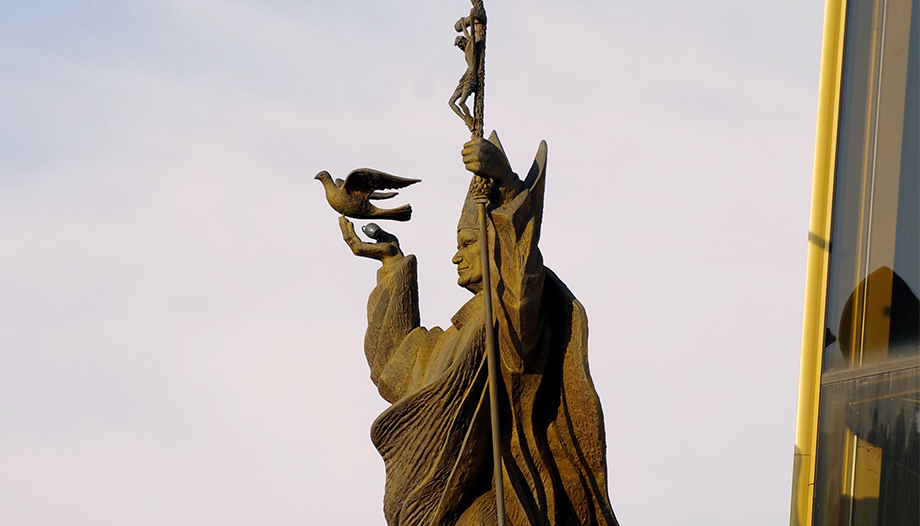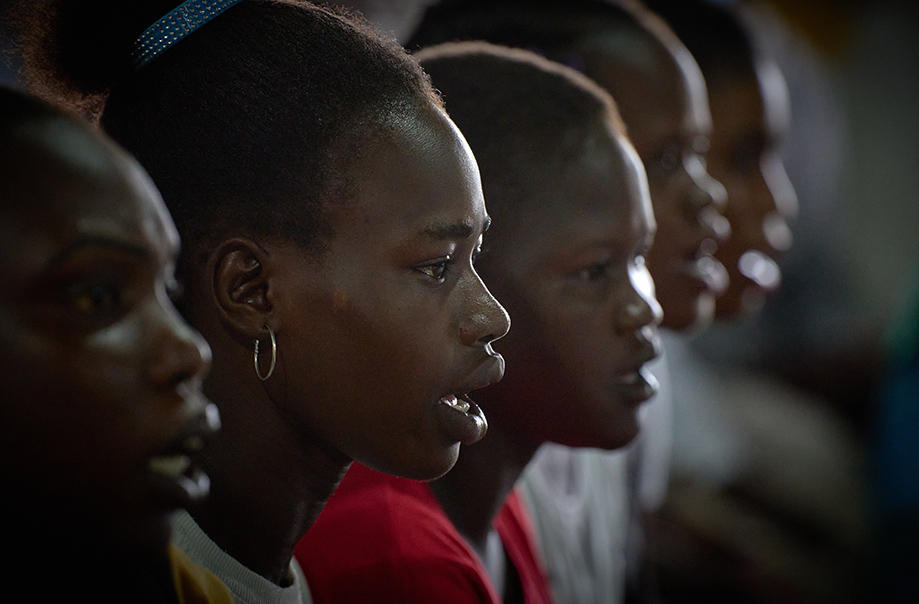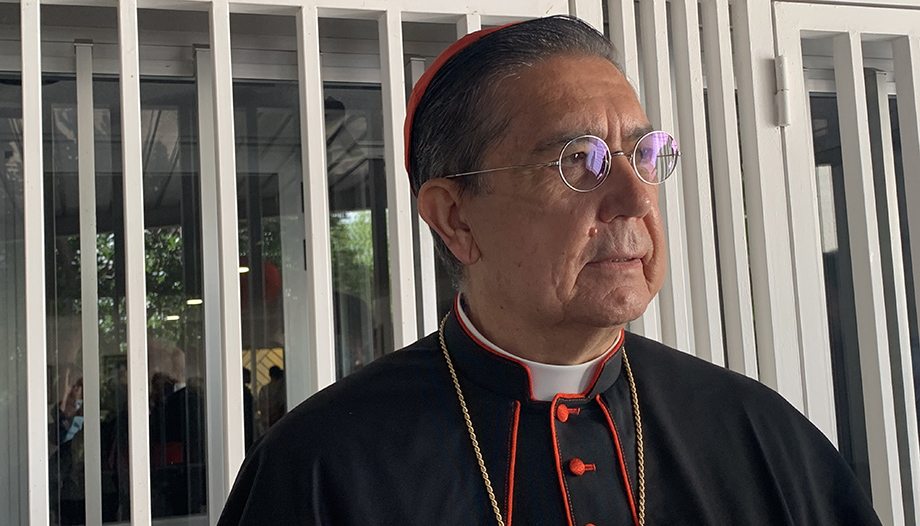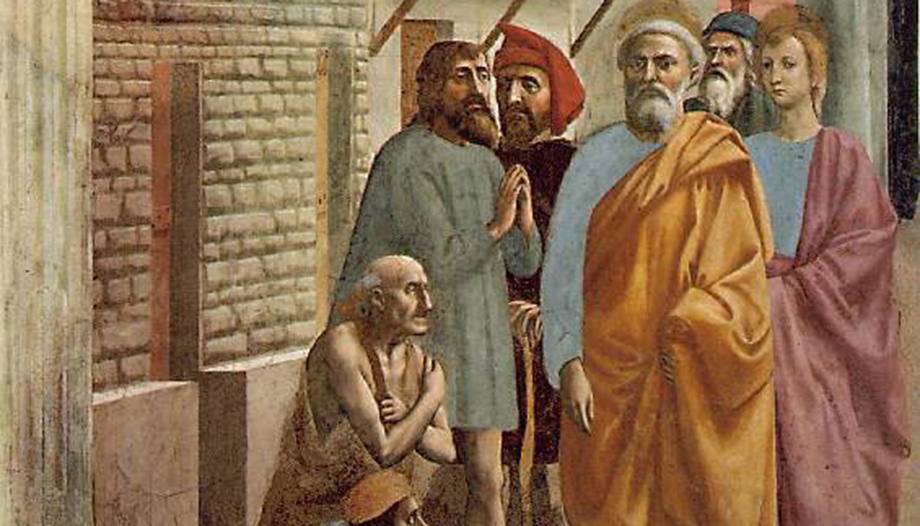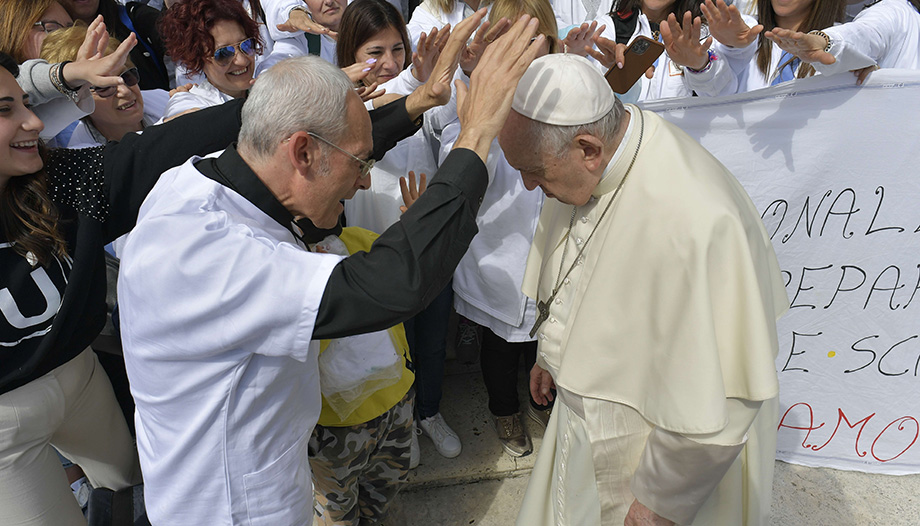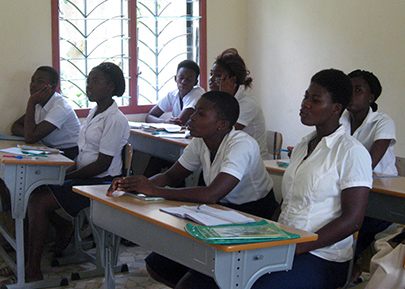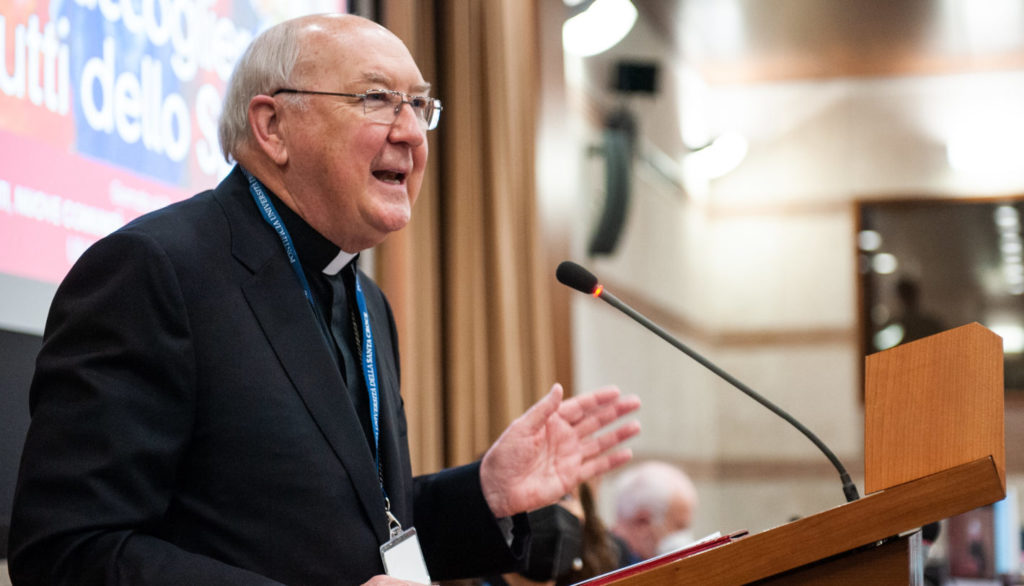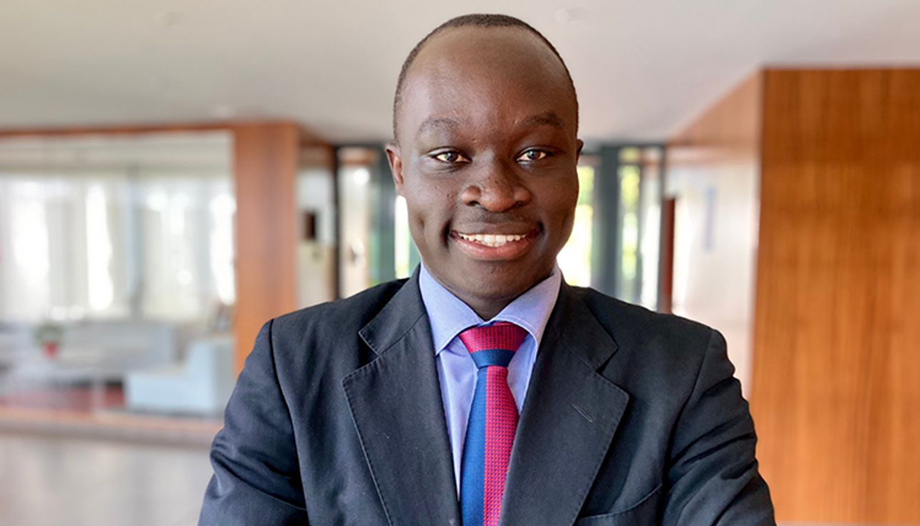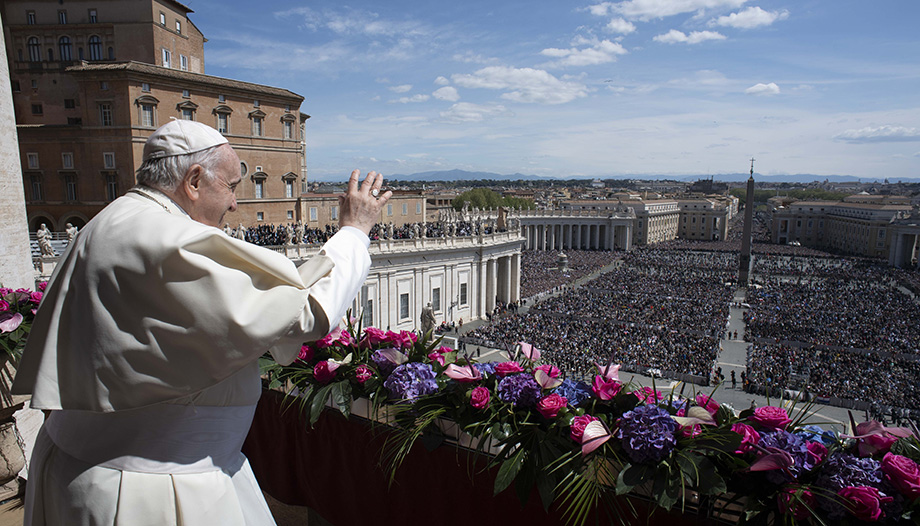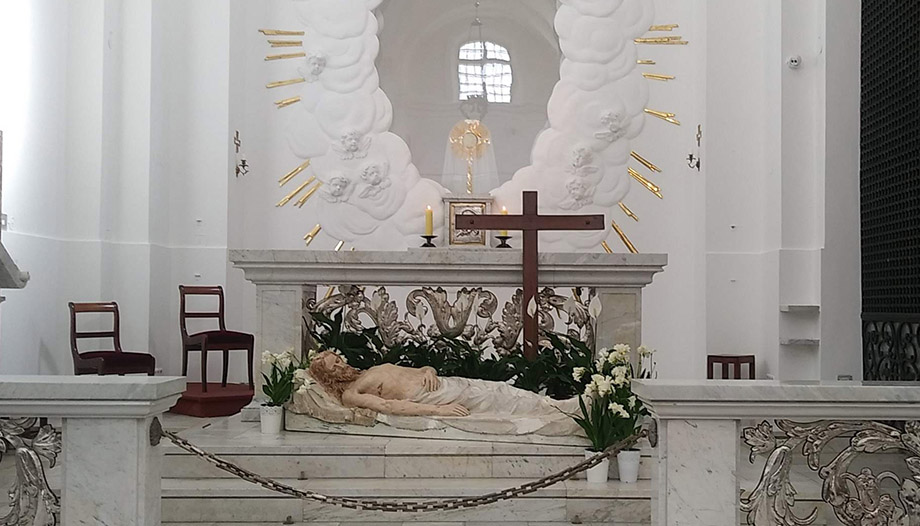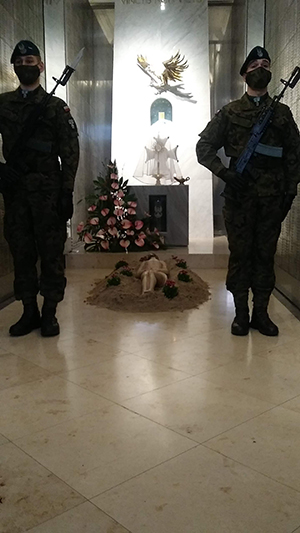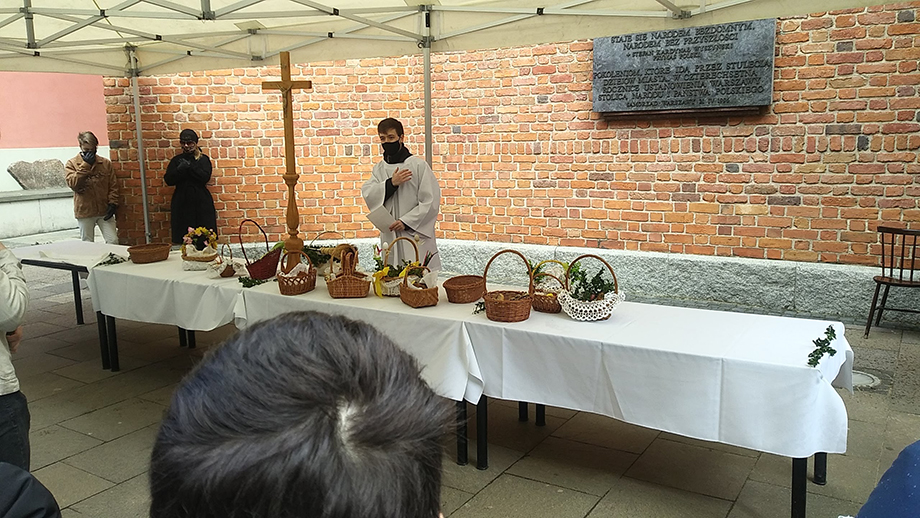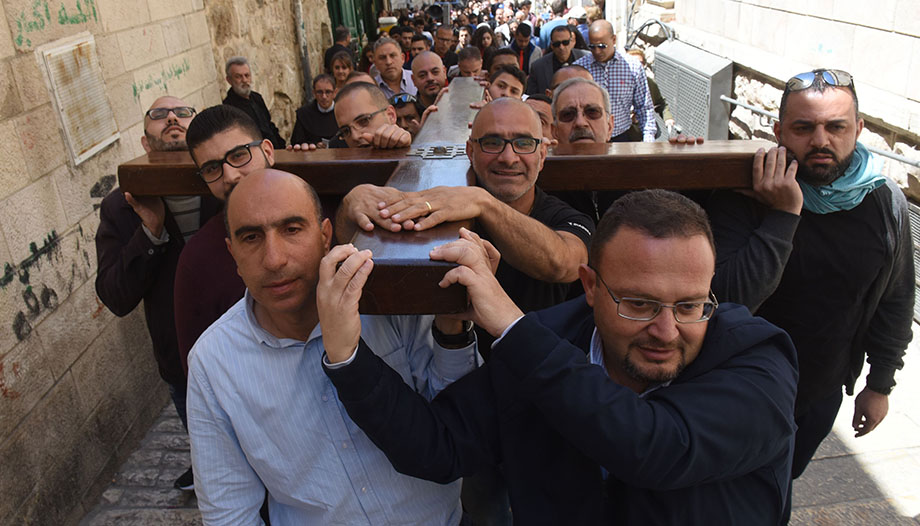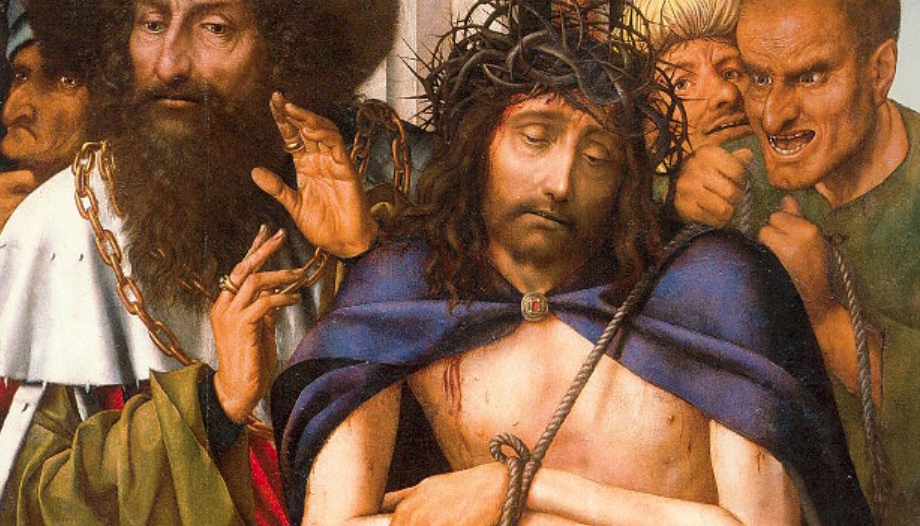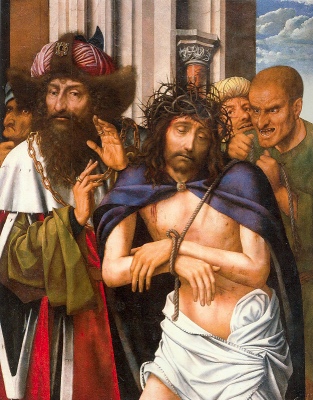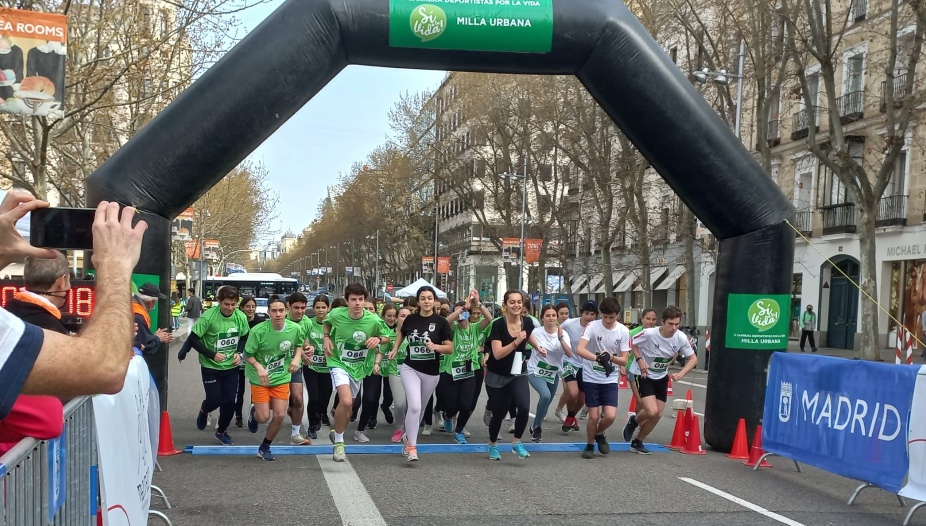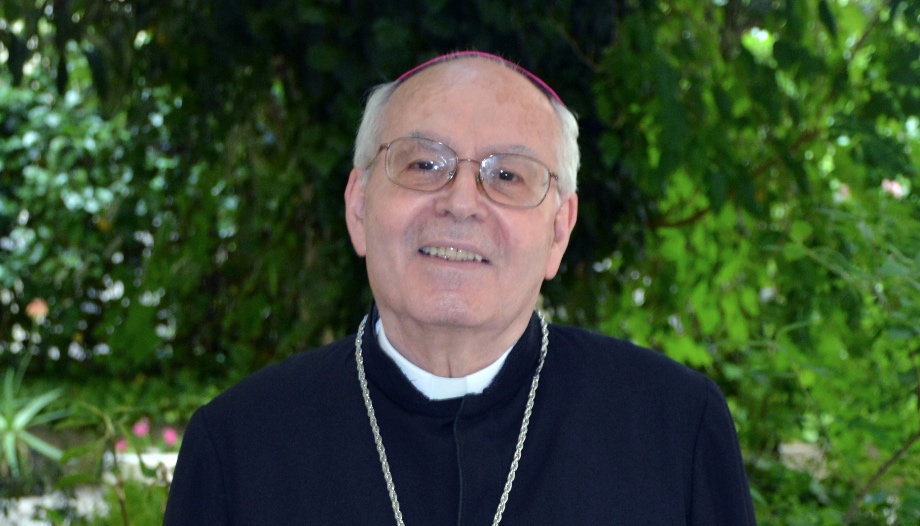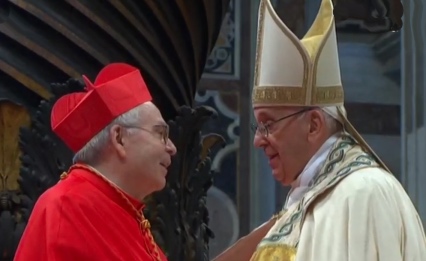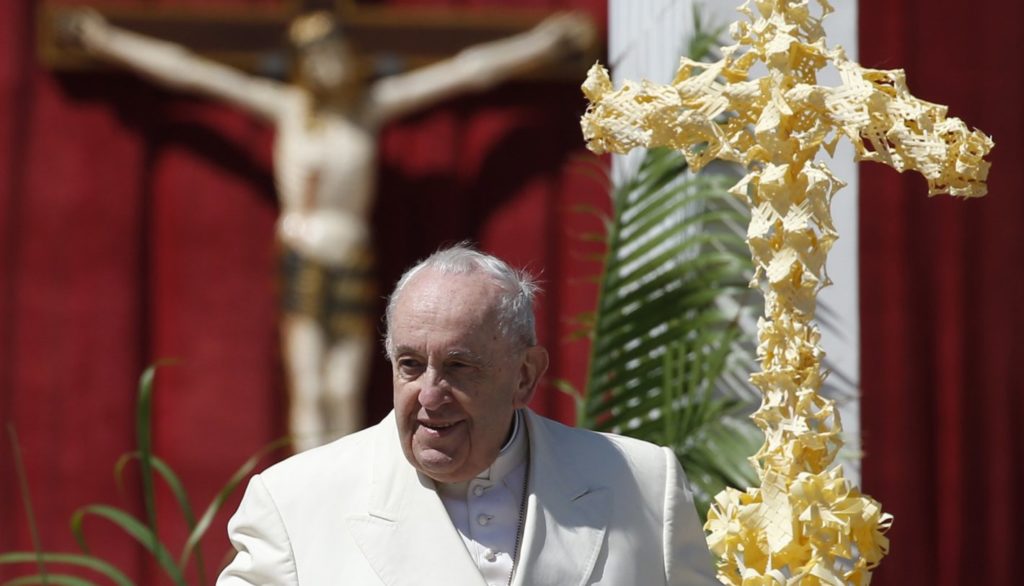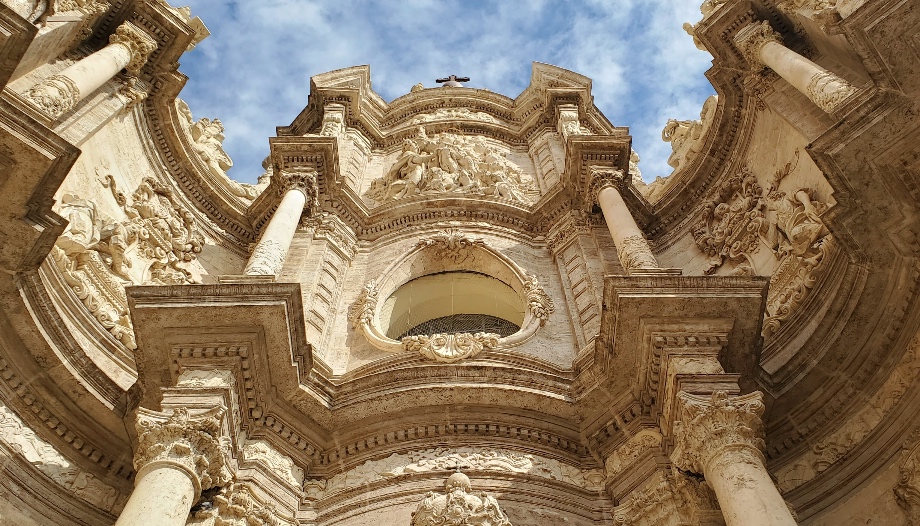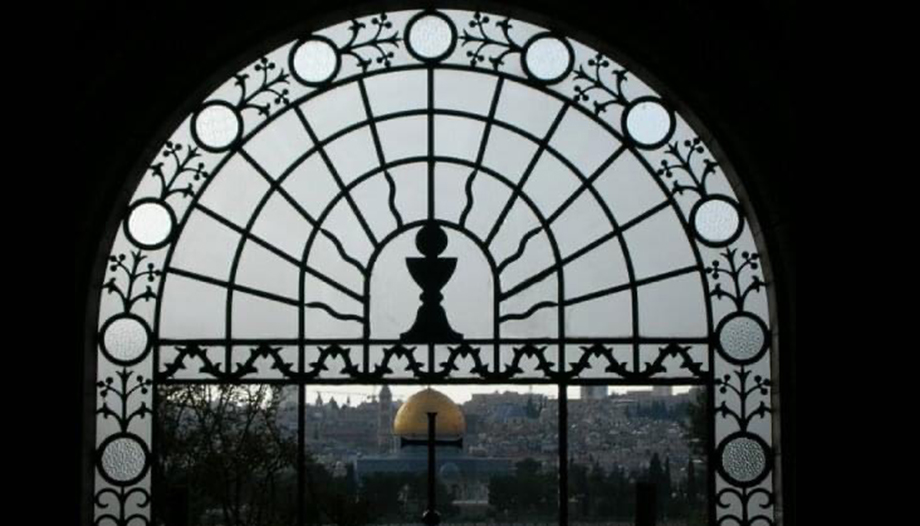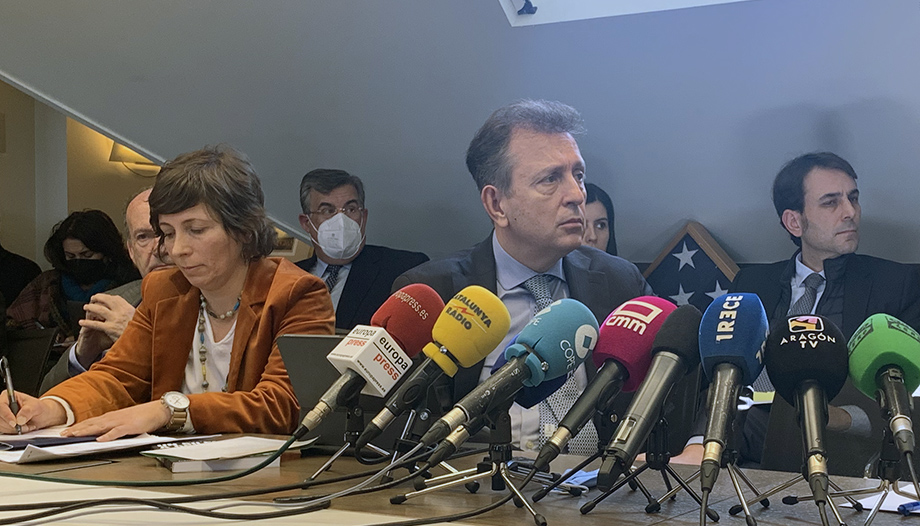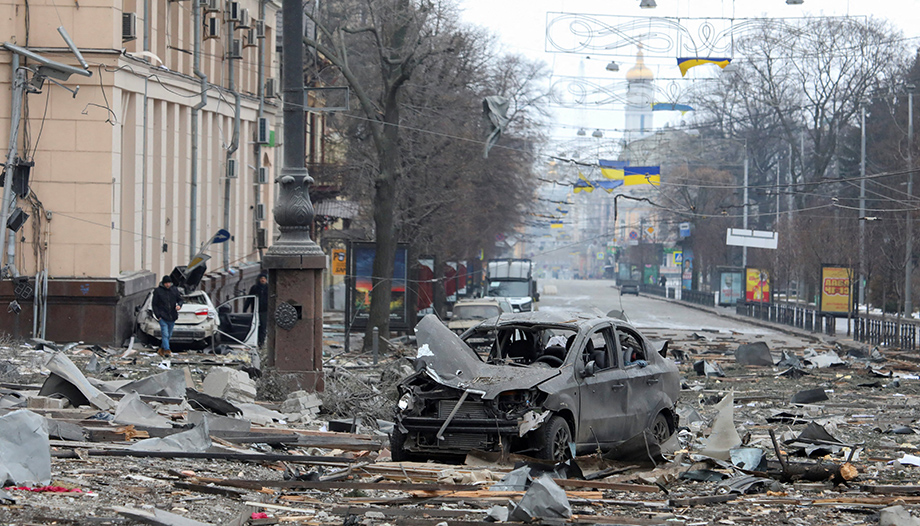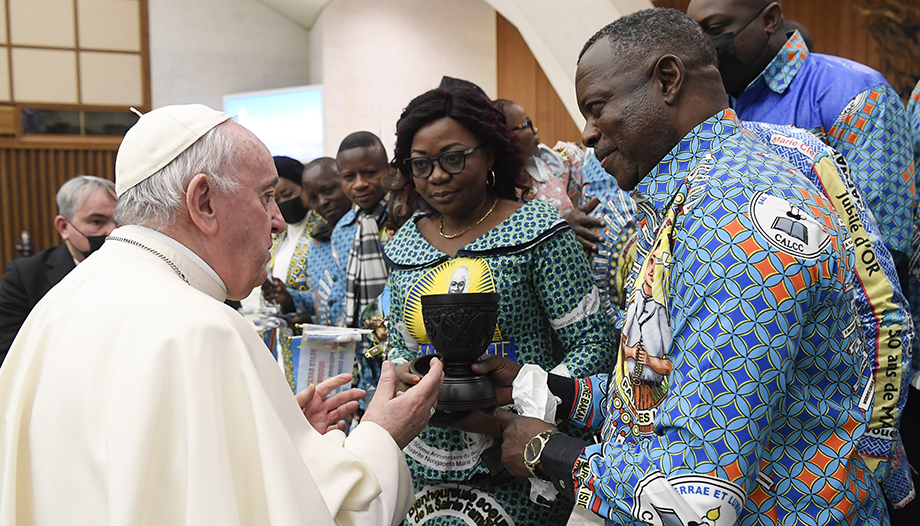The great debates of our time are largely ethical and moral. There can be little doubt about this. And one of the problems in facing the challenges of our time is that many of us are quite illiterate in matters of faith and morals. While programs, courses and tutorials on economics, artificial intelligence and robotics, health, body care, or business, to cite just a few examples, multiply, we are lame in giving reason for our faith, if we have not already almost forgotten it, or anesthetized it, and confusion and unhappiness arise.
"I am not a professor, nor a teacher, nor a catechist, I am a mere layman. Why am I taking a distance learning course in moral theology at the age of 55? Even I am surprised," José Antonio Tovar, a Spaniard living in Frankfurt (Germany), told Omnes. "For about five years now, and I imagine that by the grace of God, I have been undergoing a process of conversion (not gradual, but gradual). It's not that I was previously a little pagan, but almost, almost...", he admits.
José Antonio Tovar is currently pursuing "the diploma in Theology Moral in online (in post modern terminology), online (in modern terminology) or distance learning (in classical terminology, which I prefer), and the truth is that I am very, very happy," he says.
How did you come to enroll in the ISCR of the University of Navarra? He tells us about it later, because it has its crux, but first Professor Tovar confesses honestly: "Without having the slightest idea of what moral theology was, and without having read practically the contents of the diploma, I enrolled. And the curious thing is that my laziness did not protest, nor has it protested in the least. And I do not regret it at all, because it has given me the answer to many things I had been wondering about. And I loved it and I love it, even if I finish it in a couple of weeks".
"One of the consequences of this conversion process was the imperative need to read things related to the Catholic religion and the need to acquire more knowledge and to deepen the knowledge I already had," explains Tovar. And on this point the interviewees agree, although each one explains it in his own way.
A Colombian woman in Germany
Carolina Lizarazo, a Colombian, has been in Germany for 23 years, "and now I am German at heart," she admits, "because I am still Colombian, and I work as a full professor at the University of Stuttgart, in the Department of Languages. Besides that, I am a wife, a mother, and I have my obligations as any married woman, with my family," she says.
"Precisely because of this, and because of the online methodology, the programs at the University of Navarra were a perfect choice for me. I have been fortunate enough to have taken two diplomas, one in Biblical Theology, and I have just finished the Diploma in Theology. This semester I'm getting back into this adventure, and I'm starting the Diploma in Moral Theology," he adds.
"These studies, the diplomas, have meant a before and after for me," Carolina explains. "Since I began my studies, my faith life, my knowledge of the Church, of Sacred Scripture, have made my faith, my work with young people, with students, in my normal life, have changed significantly. I studied social communication and journalism in Colombia, and although I always participated in the life of the Church, in groups, and I was confronted with issues of faith, the programs have given me a more solid formation, grounded, clear, faithful to the Magisterium, to the Church. And this has helped me a lot to apply and transmit in other environments, to give reasons for my faith", emphasizes this Colombian woman.
"Serious, scientific, theological perspective."
Carolina Lizarazo puts it this way: "I thought I knew the Bible, until I began to do the Diploma in Biblical Theology, and those studies gave me a serious, scientific, theological, spiritual perspective, and helped me to know more and have more love for the Holy Scriptures. Many times we do not know much about the Word of God, and for me it was a wonderful discovery. As St. Jerome says, not knowing the Scriptures is not knowing Jesus Christ, and that sometimes happens to us".
The experience of the Diploma in Theology was "a bit different," says the Latin American journalist, who is now also a German. "I did it during the pandemic, it gave me a lot of hope, and it was a great help. Christology, Mariology, ecclesiology, for me it was especially interesting because of the process that is taking place in the Church, and the process that the German Church is going through. It has produced in me a renewed love for the Church. Thanks be to God and to the diploma, which has motivated me a lot".
Mother of a family in Navarra
From Colombia and Germany we return to Spain. Specifically to Navarra. Mara Baron is a mother of a large family, with 6 children. "We live in Marcilla (Navarra), and my husband and I work in a restaurant called Villa Marcilla, in Marcilla de Navarra. I took a diploma in Moral Theology two years ago and I think I will enroll next year in another one that is still undecided. The experience was wonderful," says Mara Baron.
The studies, even if they were online, as these diplomas are, are not without difficulties, but they are overcome. Mara comments it this way. "Although it took me a while to get into the habit of studying, I really enjoyed every subject. I simply enrolled because I wanted to learn more and better, and I managed to broaden my knowledge while opening up an exciting world of searching for the Truth for the good of mankind".
He continues: "The moral cases in the end were very useful to me, as to generalize all aspects. I loved the Bioethics course, which is very current, where topics such as euthanasia, abortion and life, in vitro fertilization, etc. were addressed. And also the subject of Sexuality, marriage and family". Referring to the teachers, Mara affirms that "D. Tomás Trigo, with whom we have a great friendship, helped me a lot, especially in the subject of Ethics, which was the first one. It was hard for me, the knowledge, the vocabulary, etc., but I received help, also from D. José María Pardo".
Catechesis and university environment
Mara Baron explains that "she has been in Marcilla for some time now, in the First Communion catechesis, and that her children are between 26 years old - the eldest is getting married next week - and 14 years old". How do you manage to simultaneously take care of a large family, run a restaurant and take an online diploma? I did it mainly because I had a little more time because my children were older," she answers, "and since I had university students, I could meet them at the library. That way I enjoyed the university environment, which I couldn't at my age, and I didn't have the option of studying at the University of Navarra; I studied in Madrid."
"All in all, the experience was wonderful," he concludes. "I think the diploma [in Moral Theology] is very well worked and explained. I would put some more online classes, for some explanations," he suggests, "that because of the guides or books, are not fully understood." "Personally, I was fortunate to be able to benefit from the library of Theology and to be able to ask my doubts, which were many at the beginning.
From Managua (Nicaragua)
Nicaraguan Lucía Hurtado introduces herself as follows: "I am simply a secular woman, who continues in search of the Truth - on a path that began with my husband in 2006 -, to be closer to Him also through knowledge; who rediscovers that religion today has an important public value to fulfill, and that she can make some contribution to highlight it for the common good".
After a while, he recalls a Friday afternoon in Pamplona. "I knew little about the Unav [University of Navarra] Theology faculty, and it caught my attention to see priests coming and going around their campus and bus station, so I decided to go and see where they were coming from; I had already visited the beautiful Blessed Sacrament chapel in the Amigos building earlier. I walked along those beautiful paths and arrived at the ISCR building, and oh sadness, when I entered and saw no one, they had already closed, I thought. But no, there was Natalia Santoro, academic secretary, who attended me as if she had already been waiting for me".
"It was an easy, pleasant and fruitful conversation," Lucía Hurtado recalls to Omnes, "to the point that shortly after returning to my country I took the brochure on the Online Diploma in Moral Theology, and chose to enroll in the Marriage, Sexuality and Family class, with Prof. D. José María Pardo, which she thought would be the best for my work with my community Marriages in Love, whose motto is 'Love your spouse as yourself'. I spoke with my husband Sergio beforehand and he was enthusiastic, after all, we have served together in this movement that has been meeting in the Santa Marta church in Managua since 2008", reveals this Nicaraguan mother of a family.
"It was difficult to adapt to the online methodology, when all my previous education had been with paper, pencil and books in hand. However, I liked the class so much that I decided to enroll in another and then another. My heart and intellect were captivated by videos and texts prepared with the highest professionalism, humanity and modernity, an ideal combination of positive sciences, morals, ethics, human values, religion, theology and faith, which made me reflect and put in place my ideas and concepts about the world, God and men", he adds.
Also Pedagogy
"I finished Moral Theology and just this February I received my diploma, even I couldn't believe it, I was finally going to have my weekends," concludes Lucia Hurtado, only to comment that she has signed up for another diploma, that of Pedagogy.
In fact, Hurtado then received "an email from ISCR offering a discount to those who already had a diploma and wanted to study Developmental Pedagogy of Faith, and I, a lover of discounts, fell into the trap and now I am happily taking my first class with Prof. José Luis Pastor. I'm still juggling to get into the readings, many things happen in my environment that steal my concentration, but when I do I don't want to let them go," she says. What the teachers and tutors do at ISCR "is very valuable, necessary, welcome and appreciated," he says.
"I have learned more than I imagined."
We now return to the initial thoughts of José Antonio Tovar, from Frankfurt, and his satisfaction with the Diploma in Moral Theology that he is studying. "I am very, very happy. For the structure, the content of the course itself, the flexibility, the faculty (especially with Father Tomás) and for something quite difficult to achieve, which is the fact that they have managed to make me feel part of the University of Navarra, even if it is a very small piece. Besides, I am surprised because I have learned much more than I had imagined at the beginning. The truth is that I have nothing but good words".
"During the course I asked myself," reveals José Antonio Tovar, "whether it is better to take a course in ethics or morals when you are 20 or 55, and the truth is that I don't have a very clear answer. At 20 you can acquire tools that can serve you as a background for life, but at 55 the background and experience you have acquired helps you to reflect and go deeper and allows you to enjoy (a word highly valued by postmodern society) and value much more all the content of what you read, listen to and share. Ah, also the people".
The option for Moral Theology
And we give him the floor to tell how he decided to take the Diploma in Moral Theology, a very personal story, which he evokes in detail, and which he considers "a miracle, for others a trifle". It is the following, and Tovar tells it in this way, which we necessarily extract:
"One of the facets in which I felt and still feel like a functional illiterate is in everything related to the Old Testament, and that despite having gone to a Catholic school, having belonged in my youth to a youth group (excuse the redundancy) and having received all the necessary catechesis for all the sacraments that can be received (except the catechesis of baptism, which for having received it with two days did not give too much time, ah and the catechesis of the priestly order, of course)."
"Well, wanting to fill that gap (or that ocean) of ignorance concerning the Old Testament, I thought: Why not take a course in Biblical Theology?
And at the click of a button I arrived at the distance learning diploma (I still prefer the classical-scholastic terminology), offered by the Unav.
And like Julius Caesar: I read, reviewed and re-read the course content.
And I made up my mind.
[...] But time went on and on...
And I almost, almost forgot. Of the course, I mean".
"However, with the Germanic efficiency of the course managers, I received an email one fine day reminding me that the registration deadline was coming up soon. My laziness was quite startled. Well, a lot. I went back to read the program, I went back to review the conditions of the course and not knowing if I should do it or not... Nothing, I asked God for help. And in a prayer I told him frankly: What do I do? Do I do the course or do I let it pass? Do I do it now, next semester, next year, or next century?"
A painting by Rembrandt
"And then something amazing happened. For me a miracle, for others a trifle. A week ago I had read a book that had made quite an impression on me: 'The return of the prodigal son, meditations before a Rembrandt painting', by Henri Neuwen (let's leave the author's career aside) and I had been thinking and reflecting all week about the painting, which I had never seen in my life. I had even put it as my whatsapp picture and wallpaper on my cell phone...".
Well, there my laziness and I were in front of the computer deciding whether or not to take the blessed (sorry) course of Biblical Theology and just before formalizing the registration, my laziness faintly suggested to me: "Come on, read again the brochure with the subjects and content of the course... And then I was wrong: Come on, read again the brochure with the subjects and content of the course... And then I was wrong. And then I clicked on the wrong link... And then right under my nose appeared on the computer screen, not the program of the Biblical Theology course, but that of Moral Theology".
"And the truth is that in that second I was petrified: The image of the brochure of the course of Moral Theology was precisely... Yes... the painting of Rembrandt, the same of my whatsapp, the same as my screensaver, the same as the background of my mobile... The same that I had seen for the first time seven days before... And at that very moment and although it seems silly, I had absolutely no doubt that this was the course I had to take. And that it was the answer to my prayer. [...] And I enrolled". José Antonio Tovar has no regrets because, as he said above, "it has given me the answer to many things I had been wondering about".
Two reasons to study theology
As you can imagine, connecting with these Religious Studies students has taken a few days. In the meantime, we have been able to rescue some reflection and some data.
Juan Antonio Martinez Camino, auxiliary bishop of Madrid and president of the Episcopal Subcommission for Universities and Culture of the Spanish Episcopal Conference (CEE), in an article in Omnes. The question he asked himself was: Why study theology if one does not intend to be or is not a priest or religious?
Their answers were, in synthesis: 1) "because a baptized person, aware of the treasure that is the professed faith, usually wants to know it more and better than in the first catechesis. Theology helps to live the faith better, to appreciate it more, to defend it from the attacks of the dominant culture, unfriendly to Christian life; and of course, to be trained for the apostolic mission proper to every baptized person, in the family, profession and social life in general".
And 2) "to be able to exercise offices or missions in the Church that have often been carried out by priests, but which are not reserved to them. There are many," he said, and cited some of them, mentioning, for example, the teaching of theology and religion classes in many centers.
The ISCR of Navarra
In a recent interview with OmnesThe deputy director of the ISCR of the University of Navarra, Professor Tomás Trigo, pointed out: "We are in a historical moment that cries out for all Christians to have a solid and profound doctrinal formation, [...], in line with cultural changes".
On May 1, this year, this ISCRwhich has a blended learning modality, is opening its admission period. As Professor Trigo explained, these Institutes of Religious Sciences were created to facilitate this formation through a specific academic itinerary that are the Baccalaureate and the Licentiate in Religious Sciences, official titles of the Holy See. In addition, he has made "a great effort" to have a Collection of Manuals of the ISCR of the University of Navarra (EUNSA).
In addition, the educational offer has "its own degrees with distance mode 100 %, which we call 'online diplomas', focused on thematic areas of theology, with other subjects that complement the training". The Diploma in Moral Theology, for example, is one of them. "Currently, more than 450 students from various countries in America and Europe, as well as Spain, are studying with us," said Professor Trigo.
Young Ratzinger's companions
In the gestation of "that great theologian who would become Pope," Benedict XVI, today Pope Emeritus, as Peter Seewald recently wrote, we find the Freising period, in which "the very young Ratzinger studied with companions who, like him, aspired to be ordained priests," recalled Bishop Martínez Camino.
"Instead, in Fürstenried, he had lay male and female fellow students, who helped each other in academic work. Among them, the case of Esther Betz, daughter of the founder of a large German newspaper, student of Theology since 1946 and later assistant to Professor Schmaus, is striking."
"This woman, a businesswoman, finally, like her father, in the world of publishing and journalism, maintained her friendship with her fellow student until her death, even when he was already Pope. The correspondence between the two theologians is one of the most original sources of Seewald's biography", recalled Monsignor Martínez Camino.
Educational revolution
More than three years ago, as recalled in this portal, Pope Francis gave the starting signal for an educational revolution. "The time has come for ecclesiastical studies to receive that wise and courageous renewal that is required for a missionary transformation of a Church going forth from that rich patrimony of deepening and orientation," the Holy Father pointed out in the Apostolic Constitution Veritatis Gaudium.
"Faced with the new stage of evangelization, [...], these studies must not only offer places and itineraries for the qualified formation of priests, consecrated persons and committed lay people, but constitute a kind of providential cultural laboratory," said Pope Francis, who referred to the challenge of "a courageous cultural revolution."





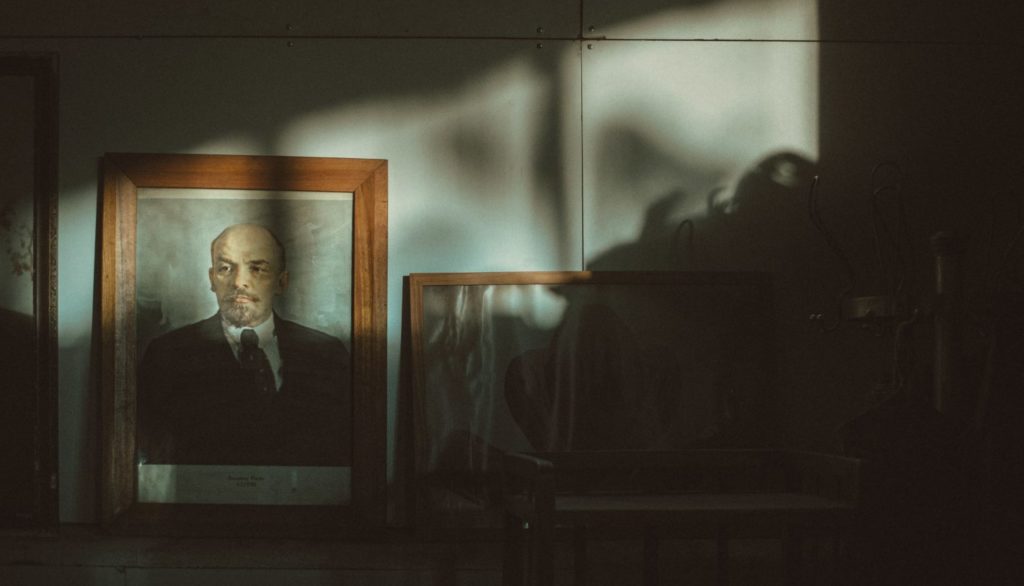
 Religion and illiberal democracies
Religion and illiberal democracies




